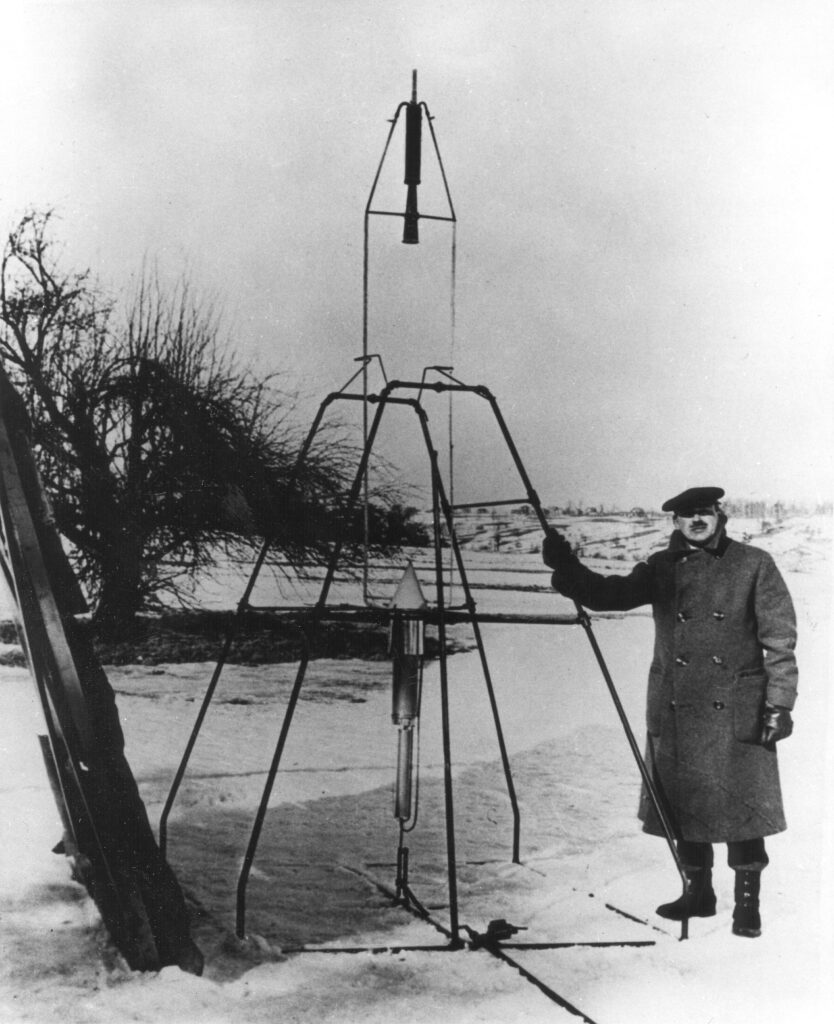On March 16, 1926, the United States witnessed a groundbreaking achievement in the field of rocketry. Dr. Robert H. Goddard, a pioneering American physicist and engineer, successfully launched the world’s first liquid-fueled rocket in Auburn, Massachusetts. This historic flight marked the beginning of modern rocketry and laid the foundation for the future of space exploration.
The rocket, standing at a modest height of 10 feet (3 meters), was powered by liquid oxygen and gasoline. It soared to an altitude of 41 feet (12.5 meters) and traveled a distance of 184 feet (56 meters) in just 2.5 seconds. Despite its brief flight, this experiment demonstrated the potential of liquid-fueled rockets to achieve greater propulsion and reach higher altitudes than their solid-fueled counterparts.
Dr. Goddard’s pioneering work did not go unnoticed. His innovative approach and determination garnered attention and support from prominent figures, including aviator Charles Lindbergh and the Smithsonian Institution. Goddard’s subsequent experiments and developments in rocket technology played a crucial role in advancing the field and inspiring future generations of scientists and engineers.
Today, Dr. Robert H. Goddard is widely recognized as the father of modern rocketry. His contributions have had a lasting impact on space exploration, paving the way for the development of more advanced rocket systems that eventually carried humans to the Moon and beyond.
As we continue to push the boundaries of space exploration, we remember the historic achievement of the USA’s first liquid-fueled rocket flight and the visionary who made it possible.





